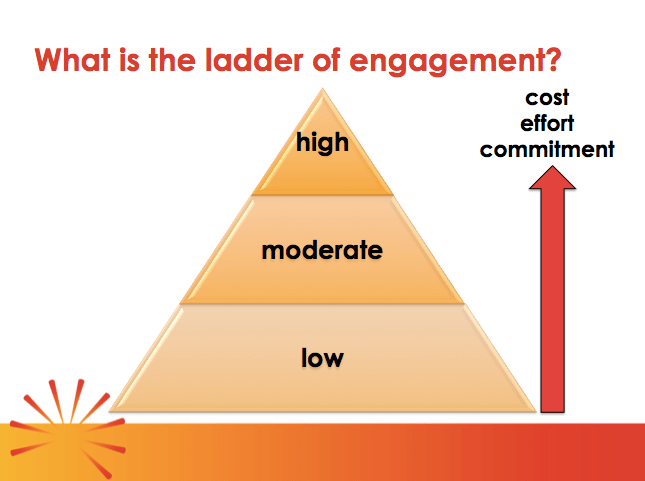
The Partnership v. Membership blog point-counterpoint series I was writing with Lewis Flax got abandoned a little abruptly almost exactly one year ago. I don’t know about you, but I could use some closure. And, of course, there’s the question of: How is all of this impacted by the pandemic, and the massive disruption in pretty much every aspect of our lives that’s resulted?
Membership and the Pandemic
I addressed this topic at the end of 2020, but there are a few things I want to highlight:
- The pandemic is not affecting all professions and industries the same, and people’s needs, challenges, and goals are shifting rapidly, so you need to invest resources (time, attention, money) in learning about them for your particular profession or industry RIGHT NOW.
- Some of your members may have to step back and become customers for a while. That’s OK. A customer relationship is a totally valid relationship for someone to have with your association. Be alert to opportunities to bring that person/company back as a member, but also, related to the point above, be aware of and sensitive to the pressures they’re operating under right now. In other words, don’t be pushy.
- Ladders of engagement are more important than ever, and they’re probably dramatically different than what they were a year ago. You have to pay attention to your data about people’s behavior and look for patterns so you can act instead of just reacting.
- There is literally no time like the present to kill underperforming programs, products, or services. How do you know? DATA. Learn it, know it, love it – USE IT.
- Membership is a lagging indicator. Associations have taken hits in event revenue and in membership, and we’re not at bottom yet. Hang on – it’s going to get worse for us before it starts getting better, but it WILL eventually get better if we can make the nimble responsiveness the pandemic forced on us part of our core organizational culture going forward.
Partnership and the Pandemic
- You HAVE TO talk to your corporate supporters. Lewis stressed this throughout the series, but changing needs, challenges, and goals are hitting supplier relationships particularly hard, because not only is their operating environment dramatically different than it was a year ago, what you can offer them is dramatically different, too. your association can still deliver value that helps them meet their goals in your market, but you are going to have to get creative and work closely with them to do that.
Thanks for hanging with us during this series! Links to all the posts in order.
- Partnership v. Membership: Untangling the Knot (introducing the series)
- Partnership v. Membership: Defining Terms
- Partnership v. Membership: Suppliers Should Not Be Members
- Partnership v. Membership: Is There a Membership Role for Suppliers?
- Partnership v. Membership: Step Up!
- Partnership v. Membership: What Behavior Do You Want to Encourage?
- Partnership v. Membership: Prospecting for Partners
- Partnership v. Membership: Membership Prospecting Dos and Don’ts
- Partnership v. Membership: Targeting Your Sponsorship Offerings
- Partnership v. Membership: ROI of Membership
- Partnership v. Membership: ROI of Sponsorship
- Partnership v. Membership: Selling the Board on Membership Changes
- Partnership v. Membership: Getting Board Approval for Corporate Partnership
- Partnership v. Membership: Communicating Change
Do you have insight about how the pandemic is impacting membership and/or corporate partnership in your association, what you’ve learned, and what you’ll be keeping moving forward, once we’re in the “new normal”? Share in the comments!
Photo by Fancycrave on Unsplash




